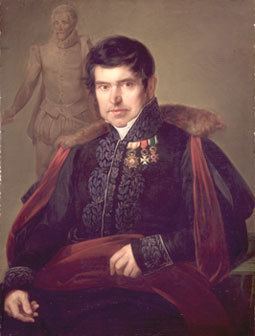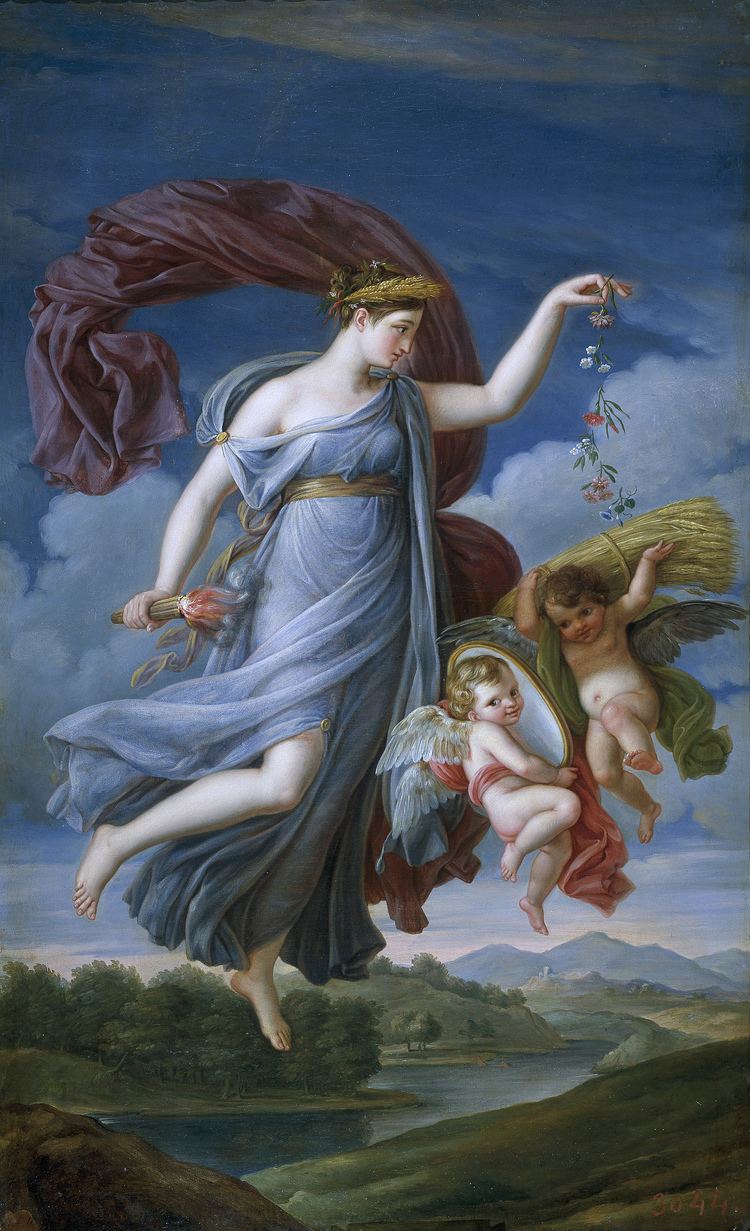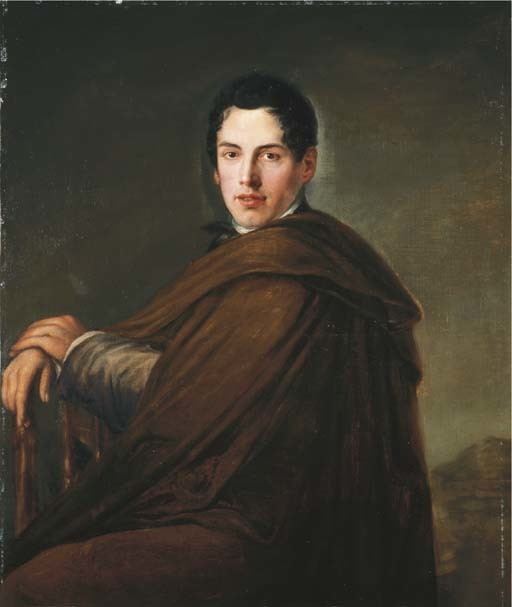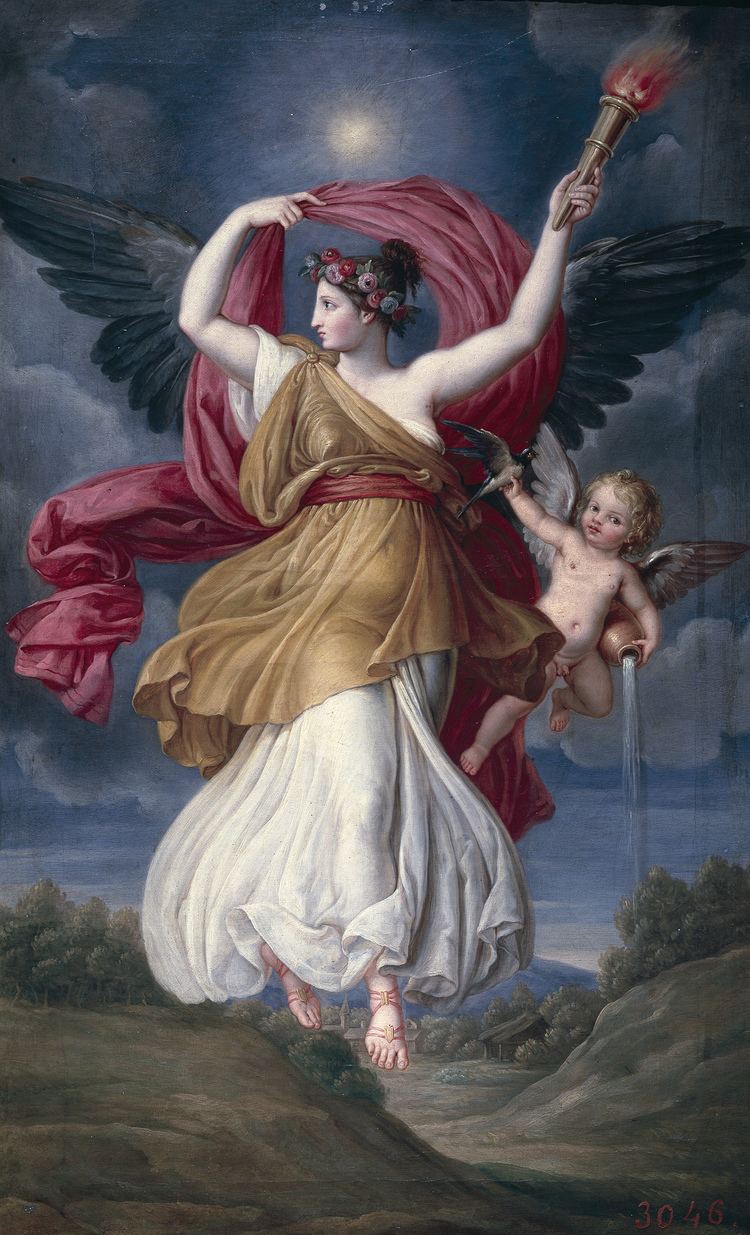Name Juan Ribera | ||
 | ||
"Cincinato abandona el arado para dictar leyes a Roma" de Juan Antonio Ribera, comentario en latín
Juan Antonio Ribera Fernandez, also Juan Antonio de Ribera (May 27, 1779 - June 15, 1860) was a Spanish painter.
Contents
- Cincinato abandona el arado para dictar leyes a Roma de Juan Antonio Ribera comentario en latn
- Early life and career
- Exile
- Museo del Prado
- Legacy
- References

Early life and career

Ribera was born in Madrid, and a student of Francisco Bayeu y Subías, and probably had occasion to meet Francisco Goya. He participated in 1802 in the annual competition of the Real Academia de Bellas Artes de San Fernando with a copy of Raphael's Pasmo de Sicilia. He won a prize, which allowed him to be awarded a scholarship in Paris where he worked in the studio of Jacques-Louis David, where he produced his notable Cincinnatus leaving the plow to make laws to Rome.
Exile

He went into exile during the Peninsular War. In 1811 Ribera was appointed court painter by the exiled Charles IV of Spain, who he accompanied to Rome, where he was appointed a member of the Accademia di San Luca. After King Ferdinand VII of Spain returned to Spain, Ribera was later confirmed as court painter in 1816, although he remained in Rome until 1818 performing works he had already been commissioned for.
Museo del Prado

In 1820 Vicente López y Portaña established the Museo del Prado. Ribera's tenure as director of the same organization began in 1857, replacing José de Madrazo y Agudo. In his term the Museum published the fifth catalog of works (1858), in force until the publication of the sixth in 1872. In 1857 he was appointed First Court Painter by Isabel II of Spain. He died in Madrid on June 15, 1860.
Legacy

Despite his short work, Ribera is considered one of the characteristic representatives of Neoclassicism in Spain, together with José de Madrazo y Agudo and José Aparicio. He was also an important teacher and directed the Museo del Prado between 1857 and 1860, succeeded by Federico de Madrazo. He was the father of the painter Carlos Luis de Ribera y Fieve.

